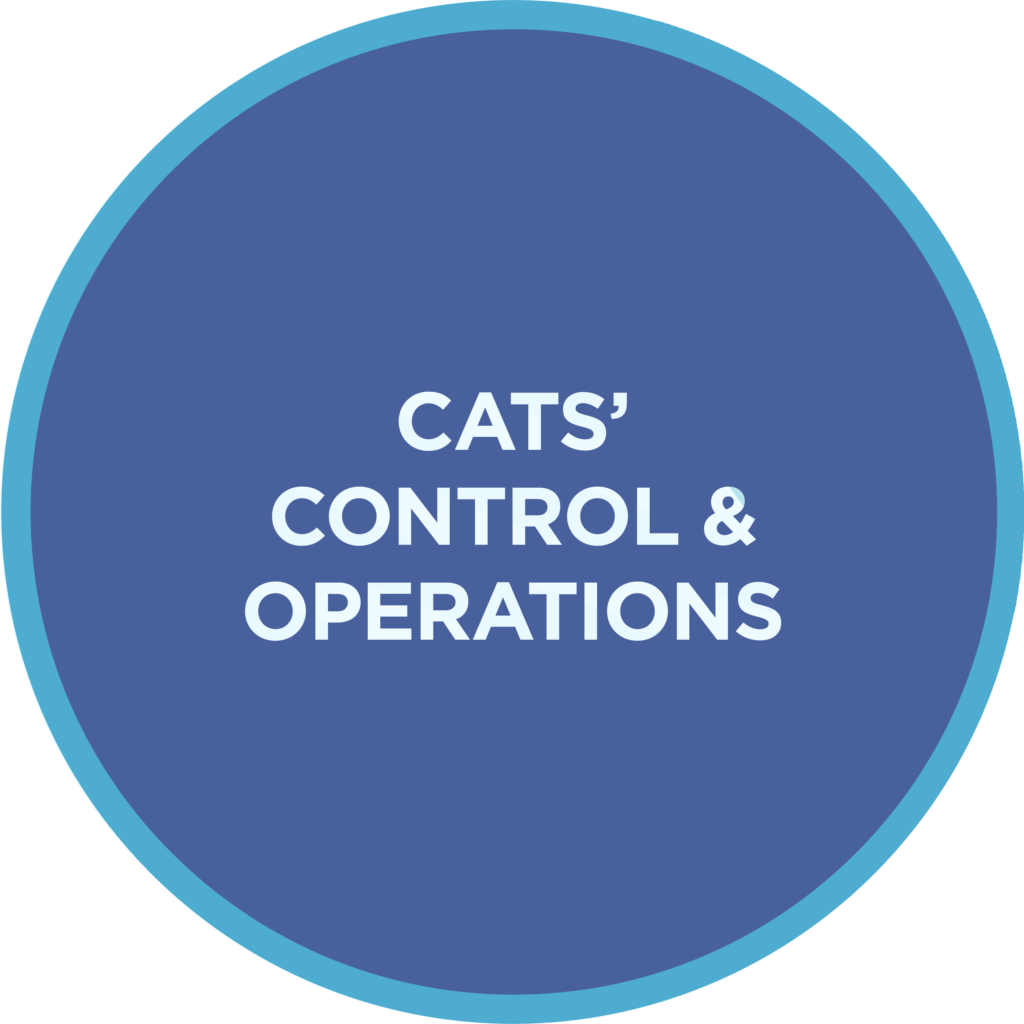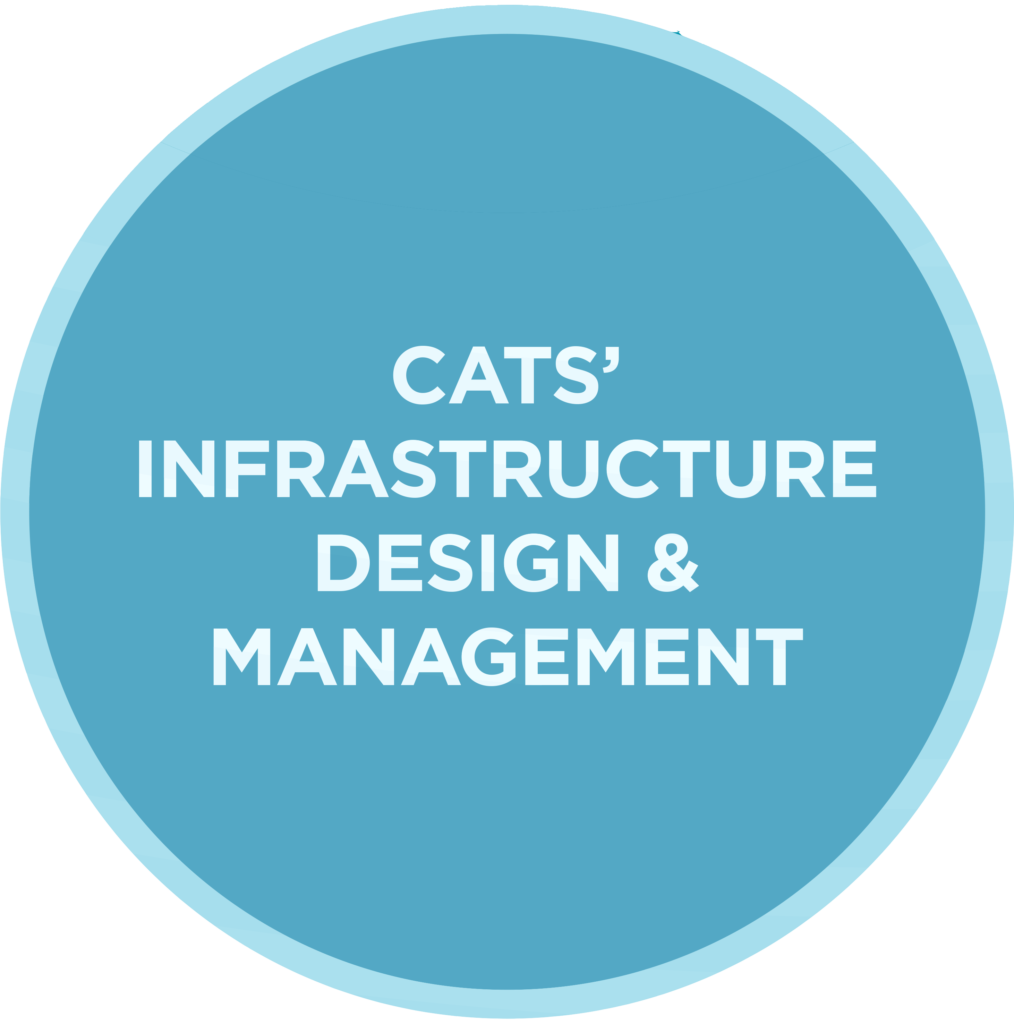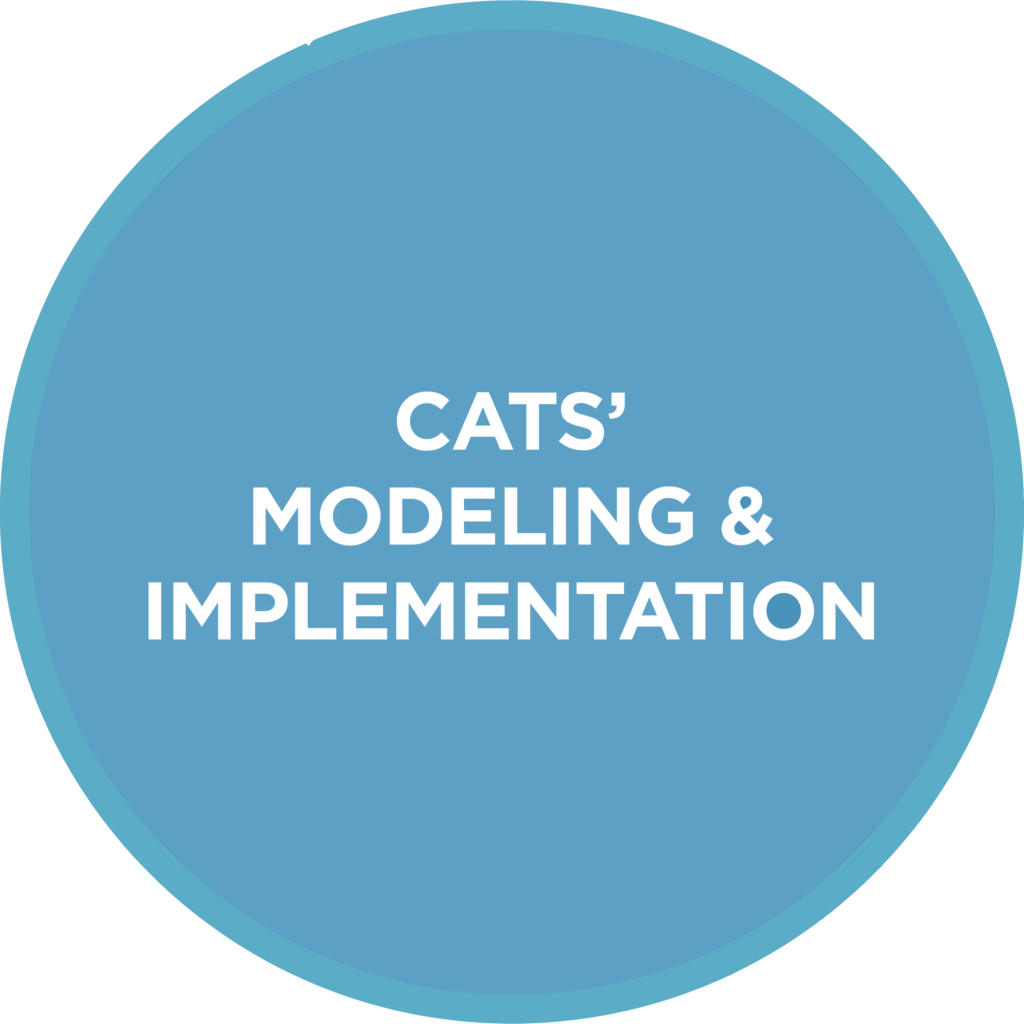In early 2016, two separate events sparked excitement in the fields of autonomous vehicles and artificial intelligence. NVidia announced that their camera-based vehicle, driven by their Drive-PX computer, was trained to drive, using no prior knowledge and with just 72 hours of training video data; and AlphaGo, a computer program designed to play the game Go, defeated Lee Sedol, one of the world’s top-ranked players. These two events highlight the potential of artificial intelligence, as an alternative to the current focus on expensive sensors like Lidars. In both cases, the key enablers included rich training data sets, a learning algorithm, and a test platform.
Research Focusing on Enabling Technology
| 2021 International Symposium on Transportation Data and Modelling (ISTDM) |
| Principal Investigator: Yafeng Yin Research Thrusts: Control & Operations, Enabling Technology, Human Factors, Infrastructure Design & Management, Modeling & Implementation, Policy & Planning |
| A Naturalistic Bicycling Study in the Ann Arbor Area |
| Principal Investigator: Shan Bao & Fred Feng Research Thrusts: Enabling Technology, Human Factors, Infrastructure Design & Management, Policy & Planning |
| Accelerated Training for Connected and Automated Vehicles Based on Adaptive Evaluation Method |
| Principal Investigator: Henry Liu Research Thrusts: Control & Operations, Enabling Technology, Modeling & Implementation |
| Anomaly/Intrusion Detection: Design, Development and Testing |
| Principal Investigator: David LeBlanc Research Thrusts: Control & Operations, Enabling Technology |
| Augmented Reality Testing Environment Development – Phase II |
| Principal Investigator: Yiheng Feng & Henry Liu Research Thrusts: Enabling Technology, Modeling & Implementation |
| Automotive Cybersecurity Industry Consortium CAN Bus Scanning Tool Project |
| Principal Investigator: David LeBlanc Research Thrusts: Control & Operations, Enabling Technology |
| AV Occupant ID Optical Based Occupant Identification and Classification for Autonomous Vehicles |
| Principal Investigator: Matt Reed Research Thrusts: Control & Operations, Enabling Technology, Human Factors, Modeling & Implementation, Policy & Planning |
| Big Data Drive Deployment in a Connected Vehicle Environment |
| Principal Investigator: James Sayer & Yiheng Feng Research Thrusts: Enabling Technology |
| CAV-Based Intersection Maneuver Assist Systems (CAVIMAS) and Their Impact on Driver Behavior, Acceptance, and Safety |
| Principal Investigator: Anuj K. Pradhan, Shan Bao, & Heejin Jeong Research Thrusts: Enabling Technology |
| CAV Testing Scenario Design and Implementation using Naturalistic Driving Data and Augmented Reality |
| Principal Investigator: Yiheng Feng, Shan Bao, & Henry Liu Research Thrusts: Control & Operations, Enabling Technology, Human Factors, Modeling & Implementation |
| CCAT Ann Arbor Connected Environment (AACE) Operations and Maintenance |
| Principal Investigator: Henry Liu Research Thrusts: Control & Operations, Enabling Technology, Human Factors, Infrastructure Design & Management, Modeling & Implementation, Policy & Planning |
| Cybersecurity of Transportation Infrastructure in a Connected-Vehicle Environment |
| Principal Investigator: Henry Liu & Z. Morley Mao Research Thrusts: Enabling Technology, Infrastructure Design & Management, Policy & Planning |
| DeepScenario: City Scale Scenario Generation for Automated Driving System Testing & Evaluation |
| Principal Investigator: Henry Liu, Shan Bao, & Brian Lin Research Thrusts: Enabling Technology, Human Factors, Modeling & Implementation |
| Deployment of Preemption based Motion Sickness Prevention Technology on a Testbed Vehicle in Mcity |
| Principal Investigator: Shorya Awtar & Bernard Martin Research Thrusts: Enabling Technology, Human Factors |
| Developing Decision-Making Models for AV Movements at the Unsignalized Intersections |
| Principal Investigator: James Sayer & Brian Lin Research Thrusts: Control & Operations, Enabling Technology, Modeling & Implementation |
| Development of A Cooperative Perception System |
| Principal Investigator: Yiheng Feng & Andrew Tarko Research Thrusts: Control & Operations, Enabling Technology, Infrastructure Design & Management, Modeling & Implementation |
| Development of AI-Based and Control-Based Systems for Safe and Efficient Operations of Connected and Autonomous Vehicles |
| Principal Investigator: Samuel Labi & Sikai Chen Research Thrusts: Control & Operations, Enabling Technology, Modeling & Implementation |
| Development of An Augmented Reality Environment for Connected and Automated Vehicle Testing |
| Principal Investigator: Yiheng Feng & Henry Liu Research Thrusts: Enabling Technology, Modeling & Implementation |
| Development of an Integrated Augmented Reality Testing Environment and Implementation at the American Center for Mobility (ACM) |
| Principal Investigator: Henry Liu Research Thrusts: Enabling Technology, Infrastructure Design & Management, Modeling & Implementation |
| Development of Situational Awareness Enhancing Systems for AV-Manual Handover and Other Tasks |
| Principal Investigator: Samuel Labi & Sikai Chen Research Thrusts: Enabling Technology, Human Factors, Modeling & Implementation |
| Economical Acquisition of Intersection Data to Facilitate CAV Operations |
| Principal Investigator: Samuel Labi, James Krogmeier, & Montasir Abbas Research Thrusts: Enabling Technology, Infrastructure Design & Management, Modeling & Implementation |
| Enhanced Methodology for Exploring Autonomy-Enabled Multi-Mode Regional Transportation |
| Principal Investigator: Daniel DeLaurentis Research Thrusts: Enabling Technology, Modeling & Implementation, Policy & Planning |
| Expand Development of Applications for Vulnerable Road Users in Pillar 1 (Pedestrian in Crosswalk) |
| Principal Investigator: James Sayer Research Thrusts: Enabling Technology, Human Factors, Infrastructure Design & Management |
| Guidelines for Development of Evidence-Based Countermeasures for Risky Driving |
| Principal Investigator: Lisa Molnar Research Thrusts: Enabling Technology, Human Factors |
| Impact of Autonomous Freight Delivery on Trucking Operations |
| Principal Investigator: Imad Al-Qadi, Jeffery Roesler, Yanfeng Ouyang, Hadi Meidani, & Hasan Ozer Research Thrusts: Control & Operations, Enabling Technology, Infrastructure Design & Management, Modeling & Implementation |
| Improving the Efficiency of Trucks via CV2X Connectivity on Highways |
| Principal Investigator: Gabor Orosz Research Thrusts: Control & Operations, Enabling Technology, Infrastructure Design & Management |
| Intelligent Sidewalk De-Icing and Pre-Treatment with Connected Campus Maintenance Vehicles |
| Principal Investigator: Darcy Bullock Research Thrusts: Control & Operations, Enabling Technology, Modeling & Implementation |
| Investigation Into U.S. Real World Lane Change Behavior for Automated Freeway Driving |
| Principal Investigator: James Sayer Research Thrusts: Control & Operations, Enabling Technology, Human Factors, Modeling & Implementation |
| Large Network Multi-Level Control for CAV and Smart Infrastructure: AI-based Fog-Cloud Collaboration |
| Principal Investigator: Sikai Chen, Samuel Labi, & Kumares Sinha Research Thrusts: Control & Operations, Enabling Technology, Infrastructure Design & Management, Modeling & Implementation |
| Leveraging Connected and Automated Vehicles for Participatory Traffic Control |
| Principal Investigator: Yafeng Yin & Henry Liu Research Thrusts: Control & Operations, Enabling Technology, Modeling & Implementation |
| Leveraging Control Theory to Facilitate UAV Application for CAV Deployment |
| Principal Investigator: Shaoshuai Mou & Sikai Chen Research Thrusts: Control & Operations, Enabling Technology, Modeling & Implementation |
| Machine Learning, Human Factors and Security Analysis for the Remote Command of Driving: An Mcity Pilot |
| Principal Investigator: Robert Hampshire, Walter Lasecki, & Shan Bao Research Thrusts: Control & Operations, Enabling Technology, Human Factors |
| Mcity Ann Arbor Connected Environment Operations and Maintenance |
| Principal Investigator: James Sayer Research Thrusts: Control & Operations, Enabling Technology, Human Factors, Infrastructure Design & Management, Modeling & Implementation, Policy & Planning |
| Mcity Infrastructure Data-Collection and Management System Development |
| Principal Investigator: Henry Liu Research Thrusts: Enabling Technology, Infrastructure Design & Management, Modeling & Implementation |
| Modeling Naturalistic Driving Environment with High-Resolution Trajectory Data |
| Principal Investigator: Shuo Feng & Henry Liu Research Thrusts: Control & Operations, Enabling Technology, Infrastructure Design & Management, Modeling & Implementation |
| Multifront Approach for Improving Navigation of Autonomous and Connected Trucks |
| Principal Investigator: Imad Al-Qadi & Yanfeng Ouyang Research Thrusts: Control & Operations, Enabling Technology, Infrastructure Design & Management, Modeling & Implementation |
| Non-Connected Vehicle Detection Using Connected Vehicles |
| Principal Investigator: Srinivas Peeta Research Thrusts: Control & Operations, Enabling Technology, Modeling & Implementation |
| Promoting CAV Deployment by Enhancing the Perception Phase of the Autonomous Driving Using Explainable AI |
| Principal Investigator: Samuel Labi & Sikai Chen Research Thrusts: Control & Operations, Enabling Technology, Modeling & Implementation |
| Promoting Inclusive Design and Deployment of Connected and Automated Vehicles for Older Adults Through Education and Training of Engineering Students and Older Drivers |
| Principal Investigator: Lisa Molnar, Feng Zhou, David W. Eby, Carol Flannagan, & Ping Yi Research Thrusts: Control & Operations, Enabling Technology, Human Factors |
| Real‐Time Distributed Optimization of Traffic Signal Timing |
| Principal Investigator: Yafeng Yin, Siqian Shen, & Henry Liu Research Thrusts: Control & Operations, Enabling Technology, Modeling & Implementation |
| Reliable V2V Communication Networks: Applications in Fuel-Efficient Platooning |
| Principal Investigator: Sridhar Lakshmanan & Paul Richardson Research Thrusts: Enabling Technology |
| Ride-sharing with Advanced Air Mobility |
| Principal Investigator: Daniel DeLaurentis & Dengfeng Sun Research Thrusts: Control & Operations, Enabling Technology, Modeling & Implementation |
| Road-side Based Cybersecurity in Connected and Automated Vehicle Systems |
| Principal Investigator: Neda Masoud & Henry Liu Research Thrusts: Control & Operations, Enabling Technology, Modeling & Implementation |
| Targeted Real-World Heat Map |
| Principal Investigator: Robert Hampshire Research Thrusts: Enabling Technology |
| Using Virtual Reality Techniques to Investigate Interactions Between Fully Autonomous Vehicles and Vulnerable Road Users |
| Principal Investigator: Samuel Labi & Sikai Chen Research Thrusts: Enabling Technology, Human Factors |
| xBOT – A Versatile Robot to Assist Testing of Autonomous-Connected Vehicles |
| Principal Investigator: Sridhar Lakshmanan, Paul Richardson, & Weidong Xiang Research Thrusts: Control & Operations, Enabling Technology, Infrastructure Design & Management |





